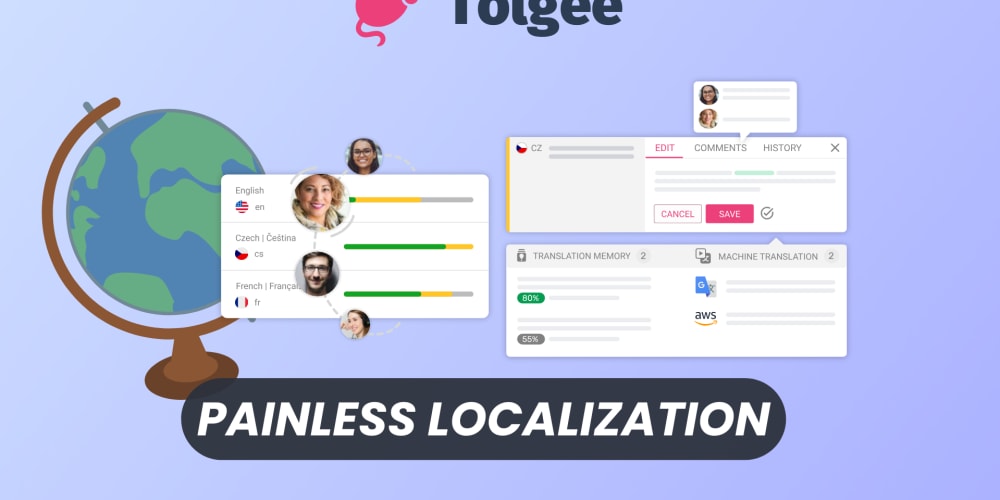
System Integration Testing, or SIT, is an important stage in developing software where different parts are put together to check that they work well as one complete system. To perform system integration testing in software testing properly, we use many methods which give us special advantages and help us understand how the system performs and how dependable it is. Let’s delve into some of the different System Integration Testing techniques:
Top-down integration testing
In this technique, testing starts from top-level modules and then includes lower-level modules one by one. We make use of stub modules to mimic the actions of lower-level modules that have not been built yet. This method guarantees an initial confirmation for key system functions, enabling early identification and solutions to problems in integration.
Bottom-up integration testing
In comparison with the top-down method, bottom-up integration testing begins from low-level modules and progresses by adding in higher-level ones. Driver modules are used for imitating the actions of superior-level modules. This lets us check individual module functions very early on, assisting in spotting bugs sooner and speeding up development phases.
Big bang integration testing
Big Bang integration testing is a method where all system components are linked together at once, and the complete system is tested. This way of testing works well with small to medium-sized systems that have less dependency between their components. While it speeds up the process of testing, finding and solving problems related to integrated parts can be difficult because many components are brought together simultaneously for this test type.
Incremental integration testing
Incremental integration testing implies combining and testing separate parts progressively. This can be done in two ways: a) Incremental integration starting from the top, which connects higher-level modules gradually with lower-level modules, and b) Incremental integration starting from the bottom, where lower-level modules are connected step by step to higher-level ones. Verification of integrated functionalities is possible at an early stage because of incremental integration testing. It also helps in finding bugs sooner and improving defect tracking (traceability).
Parallel integration testing
Parallel integration testing, as the name suggests, involves carrying out multiple test suites at the same time to confirm various integration scenarios simultaneously. This method is very helpful for systems that have complicated integration dependencies because it allows you to test several integration paths at once. Parallel processing abilities boost testing productivity and speed up testing schedules.
Distributed integration testing
Integration tests that are distributed check the interactions between systems over distributed surroundings, like those in the cloud or spread across different places. This method confirms the functioning and compatibility of combined parts in varying network setups and geographical areas. The use of distributed integration testing aids in finding and resolving problems with integration related to network delay, capacity limits, as well as geographically diverse aspects.
Conclusion
Combining different parts of a system to operate together as one unit is what we call System Integration Testing (SIT). This is important in the process of developing software because it confirms that all components can be seamlessly integrated and function correctly within the unified system. To boost SIT’s effectiveness and efficiency, using sophisticated tools such as Opkey can be very helpful. Opkey, a leading no-code test automation platform, makes SIT easier through its simple interface. This allows testers and analysts with different technical skills to automate tests smoothly. It provides a wide range of coverage by supporting many ERPs, package applications as well as mobile devices which guarantees comprehensive testing for integrated systems. Using Opkey helps to speed up testing timelines, improve efficiency and provide good quality software that meets the needs of users.


















